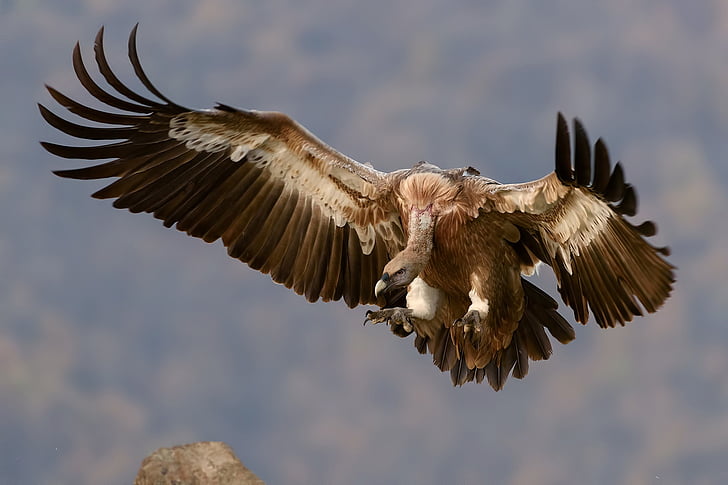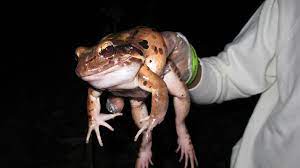
Once so common that they were cooked as a national food on the island. Yet in just two decades, the animal is one of the rarest in the world, with an estimated population of just 21.
Growing to 20cm long and weighing over 1kg, it was one of Dominica’s apex predators. eating small mammals, snakes and other frogs.
It’s decline is notable, as its calls were formerly something that you heard across the island.
Now, silence from this frog has fallen across most of the island.
Initially, its decline was caused by a fungus, which impacted amphibians skin – important, as many amphibians breathe through there skin, and all breathe through their skin.
The breakout of this fugni led to a decline of 80% in just one year. Known to only occur on one other island (Montserrat), scientists urged strict quarantine measures to stop it arriving, but these warnings failed to have any effect.
A number of these frogs were removed in 2009 as the illness began to spread, and they are housed around the world in various zoos, such as London zoo.
In recent times, a few surviving individuals have been discovered. These appear to be naturally resistant to the chytrid fungus that is at fault.
Unfortunately, shortly after, hurricane Maria hit, and the population declined a further 80%, back into double digits.
Due to the lack of immunity to this fungus, it would appear that zoo individuals that were rescued back in 2009 are all irrelevant. Whether with such a small wild population, it is worth capturing more (it is possible that these new individuals could be bred with already captive individuals, bit this may not retain the immunity).
The remaining wild frogs are found in 2 populations, and neither are found on protected land. As such, the situation could change fast if land use changes would occur.
The conservationists in the wild are still working, but it is thought that there is only 2 years left to save the species from extinction.

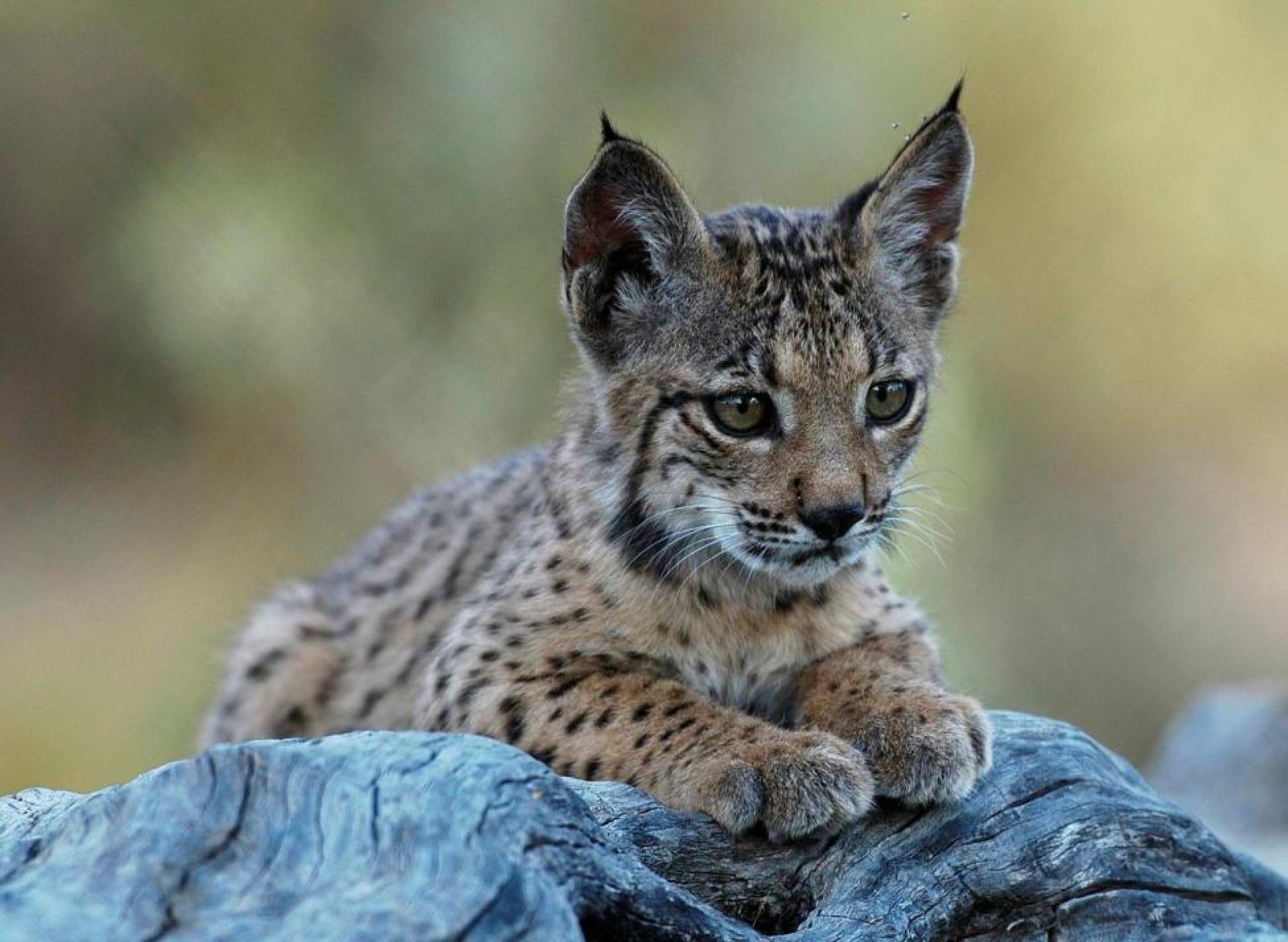

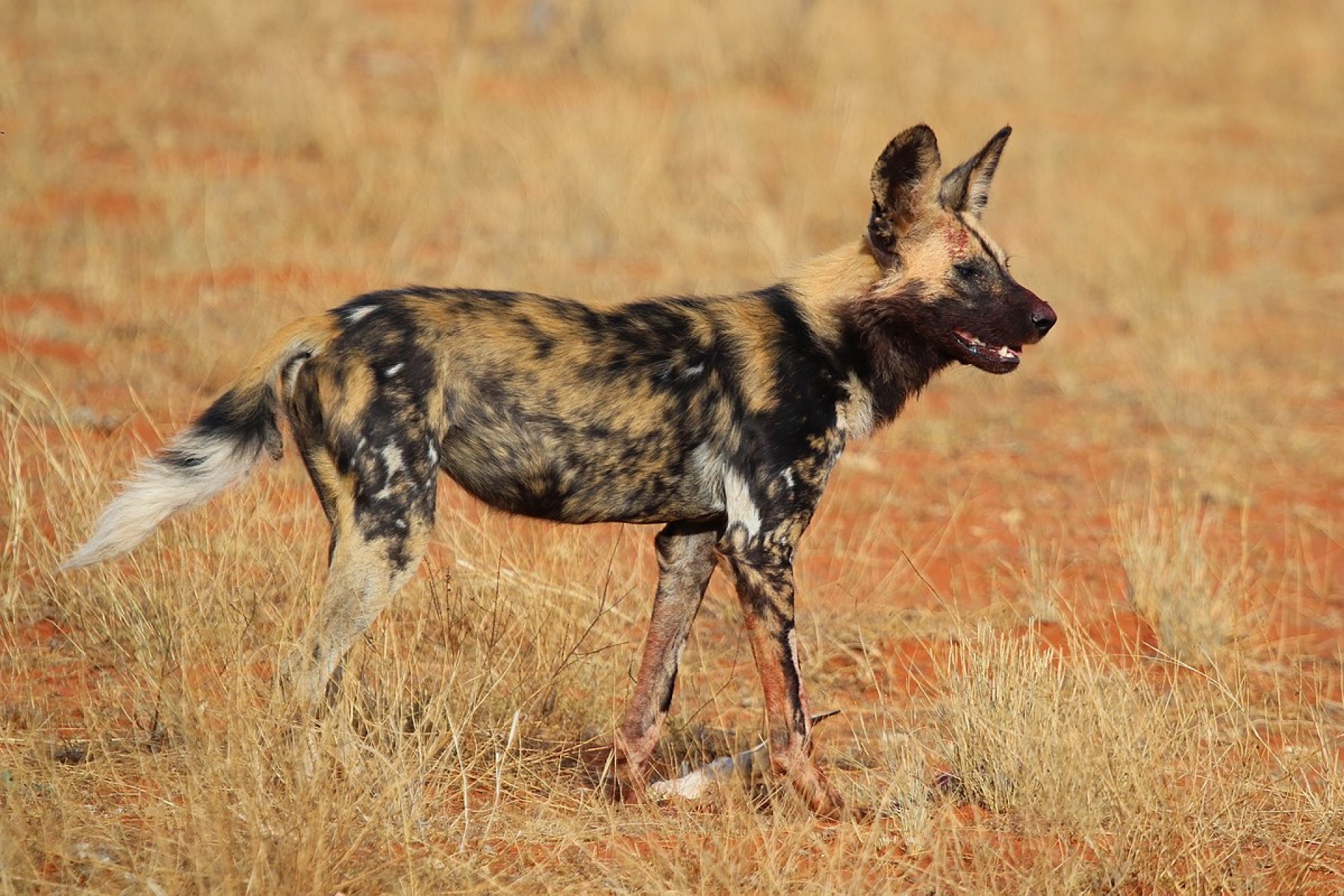
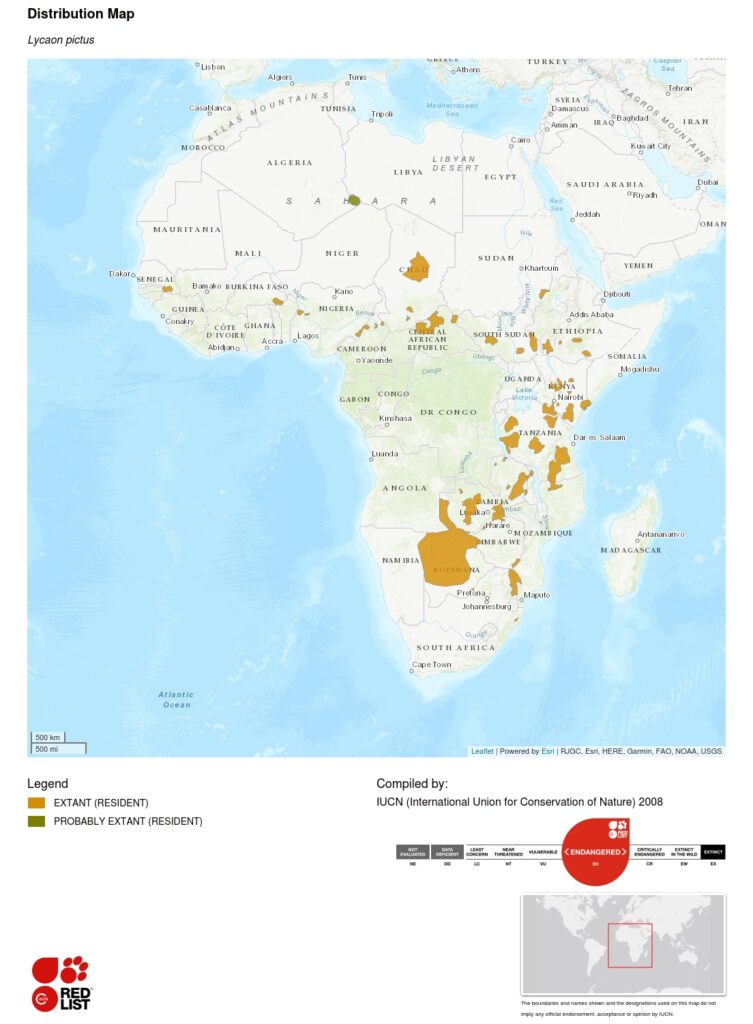
 Image source
Image source 